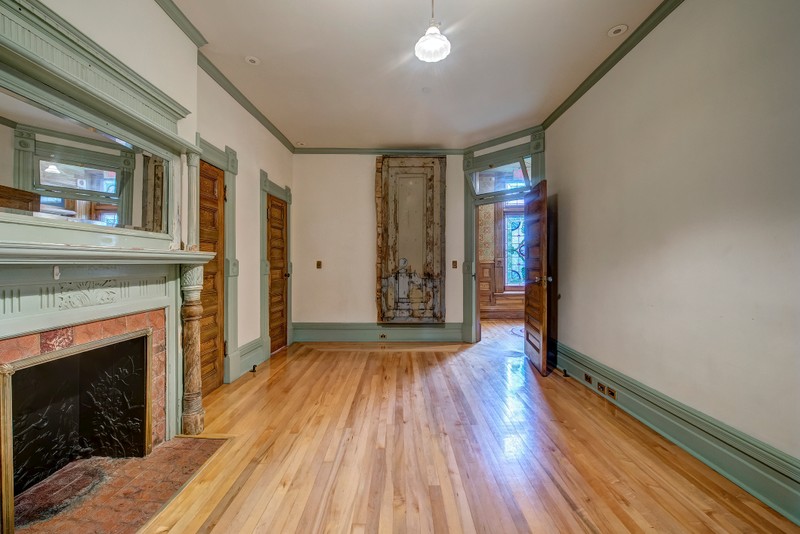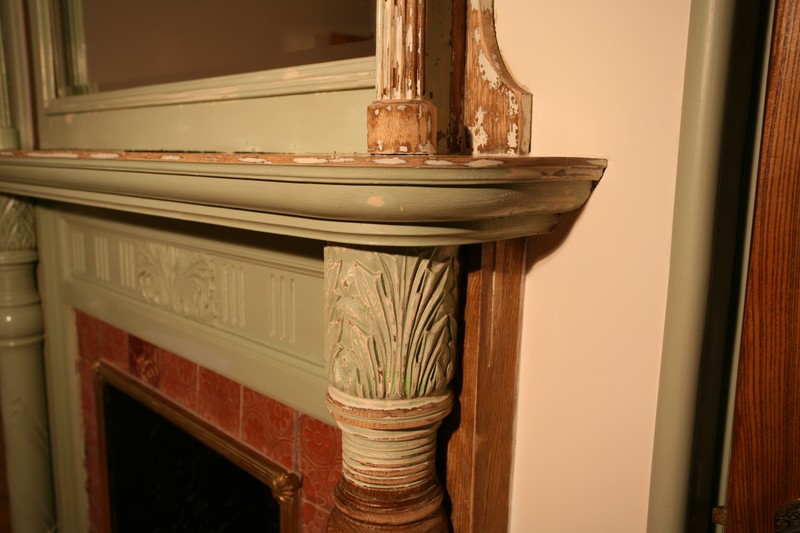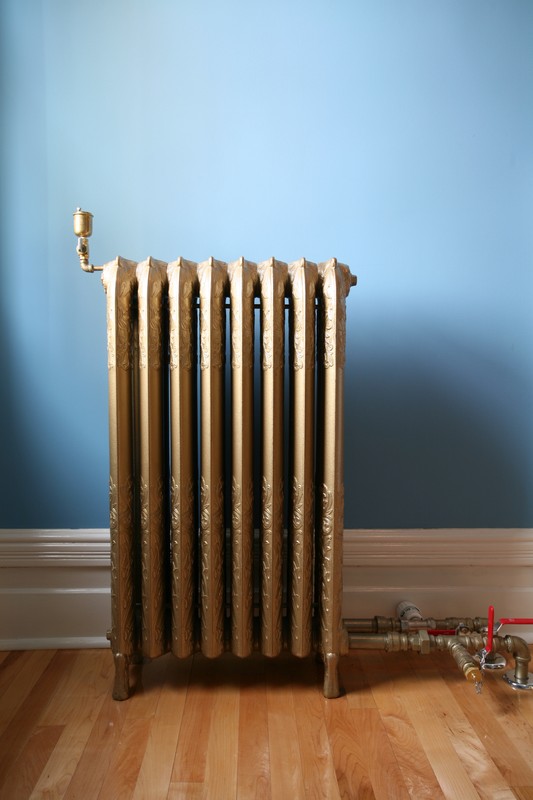Restoration Room
Introduction
Author-Uploaded Audio
Listen to a narration of this entry's description by Lougheed House National & Provincial Historic Site .
Text-to-speech Audio
Images
Image , Restoration Room, 2020

Image 2, Olive Green Paint from the Canadian Women's Army Corps occupation of the House, 2006.

Image 3, Original steam heat radiator, 2006

Backstory and Context
Author-Uploaded Audio
Listen to a narration of this entry's description by Lougheed House National & Provincial Historic Site .
Text-to-speech Audio
This is a Steam Heat Radiator (Image 3).
Steam would have been made in the boiler located in the basement, and then delivered to the radiators through a network of pipes.
Steam has the advantage of flowing through pipes under its own pressure without the need for pumping. That is the reason it was adopted earlier, before electric motors and pumps became available.
In the Lougheed House, as in other similar homes of its day, steam would have filled the home’s cast iron radiators, with heat spreading – or radiating – throughout the room.
All of the original radiators in the house display a distinct foliage pattern. These could be extremely hot, and people had to be careful when standing close to them.
Sources
.
Chris Stutz, Chris Stutz Custom Photos
LHCS collection, 2006
LHCS collection, 2006
